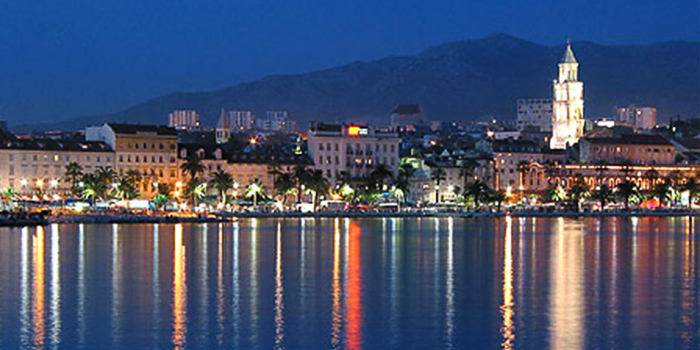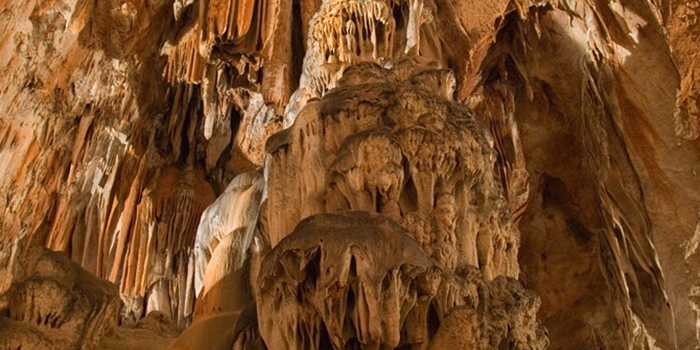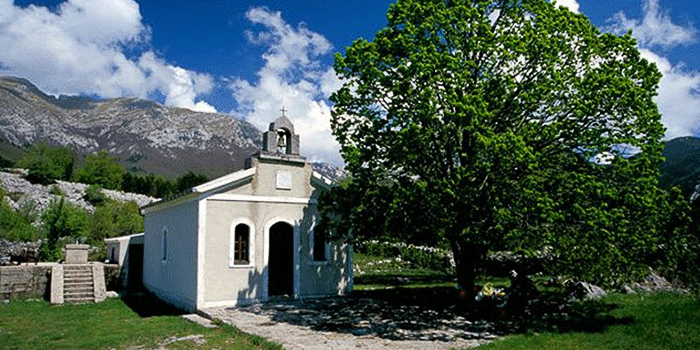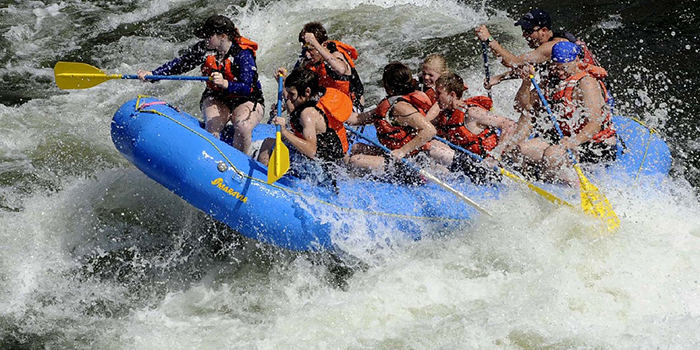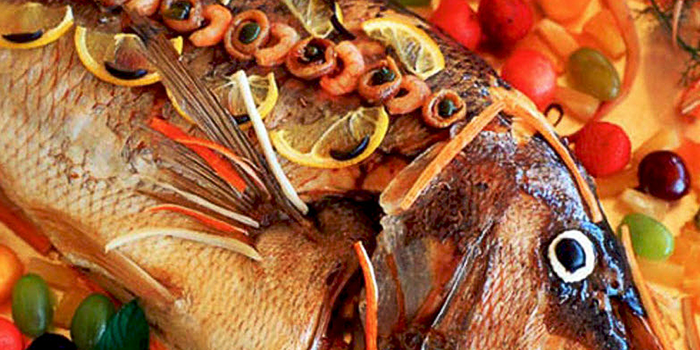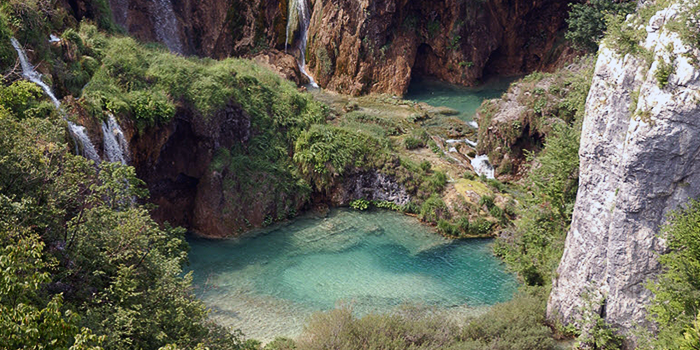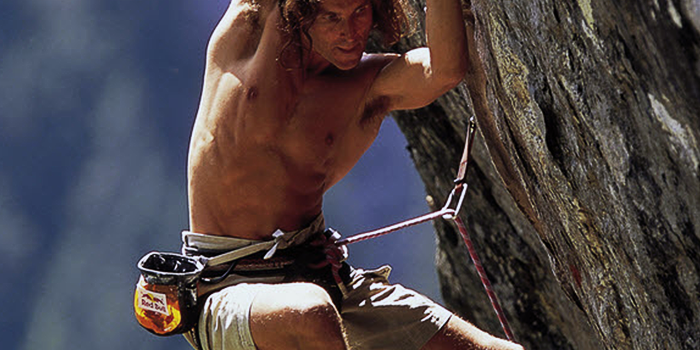Natural beauty
Geological and relief characteristics
The entrances to the Mala and Velika Paklenica canyons are truly phenomenal due to their geological and hydrological features, the specific karst formations, and the flora and fauna.
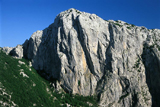 The creeks of Velika and Mala Paklenica give great value to the entire region, enriching it, and in the spring and autumn, their sheer power erodes the limestone and deepens the canyons yet further. Both the Velika Paklenica canyon, 14km long, and the Mala Paklenica canyon, 12km long, are cut deeply into the massive south face of Velebit..
The creeks of Velika and Mala Paklenica give great value to the entire region, enriching it, and in the spring and autumn, their sheer power erodes the limestone and deepens the canyons yet further. Both the Velika Paklenica canyon, 14km long, and the Mala Paklenica canyon, 12km long, are cut deeply into the massive south face of Velebit..
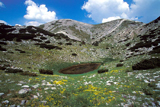 The geological features of the National Park can be seen in the sharp karst formations in the regions of Bojinac and Vidakov Kuk, and on the plateau between the two canyons. This area abounds in numerous forms of karst relief, such as crevices, channels, basins, fissures and caves, which originate from the intense effects of the water and also from the marked temperature differences through the seasons.
The geological features of the National Park can be seen in the sharp karst formations in the regions of Bojinac and Vidakov Kuk, and on the plateau between the two canyons. This area abounds in numerous forms of karst relief, such as crevices, channels, basins, fissures and caves, which originate from the intense effects of the water and also from the marked temperature differences through the seasons.
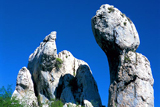 Basins with crevices and channels are particularly beautifully developed in the Bojinac region, where the karst formations were created due to glacial activity, which is evident in the form of numerous moraine deposits.
Basins with crevices and channels are particularly beautifully developed in the Bojinac region, where the karst formations were created due to glacial activity, which is evident in the form of numerous moraine deposits.
The park boasts some 70 caves, among which the most beautiful are Manita Cave and the Vodarica pit. Only Manita Cave is open to tourists.
The animal world
Within the boundaries of Paklenica National Park, there are 20 different types of habitat. The most common animals, both in terms of species and accordingly in terms of individual specimens, are without doubt insects, with many endemic and protected species.
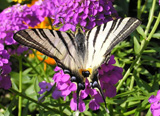 Of the 82 species of butterfly that have been identified in the Park, the most common is the scarce swallowtail. Of the endemic subspecies, Vagan’s silky ringlet can be found in the peak regions above 1,400m. In this region, one of the prettiest Croatian butterflies, the Apollo, is also found.
Of the 82 species of butterfly that have been identified in the Park, the most common is the scarce swallowtail. Of the endemic subspecies, Vagan’s silky ringlet can be found in the peak regions above 1,400m. In this region, one of the prettiest Croatian butterflies, the Apollo, is also found.
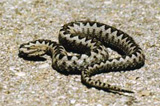 Thirty-one species of amphibians and reptiles have been found in the park, including 12 species of snakes. The non-venomous Balkan whip snake, the Leopard snake and the Aesculapian snake are most frequently seen in the Park, while the Nose-horned viper and the very rare Orsini’s viper are the only venomous snakes in the region
Thirty-one species of amphibians and reptiles have been found in the park, including 12 species of snakes. The non-venomous Balkan whip snake, the Leopard snake and the Aesculapian snake are most frequently seen in the Park, while the Nose-horned viper and the very rare Orsini’s viper are the only venomous snakes in the region
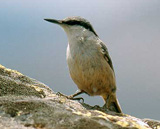 Birds are the most numerous vertebrates found in the park, and to date 212 species have been recorded. The bird population is represented by 97 species of nesting birds throughout the park. Of these, the 18 cliff species in the canyons of Velika and Mala Paklenica are worthy of note. The most common species are the rock nuthatch and the blue rock thrush.
Birds are the most numerous vertebrates found in the park, and to date 212 species have been recorded. The bird population is represented by 97 species of nesting birds throughout the park. Of these, the 18 cliff species in the canyons of Velika and Mala Paklenica are worthy of note. The most common species are the rock nuthatch and the blue rock thrush.
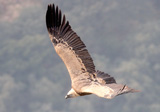 There were only three mating pairs of Griffon vultures left by the end of 1999. Unfortunately, the declining numbers of livestock in the Velebit region and the ever more frequent attempts to poison predators, particularly the wolf, have led to the bird’s near extinction in the park. We have also witnessed decreasing vulture populations on the Kvarner islands of Krk and Cres, and, hence, the Griffon vulture has become a highly threatened species, on the verge of extinction and disappearing from Croatia.
There were only three mating pairs of Griffon vultures left by the end of 1999. Unfortunately, the declining numbers of livestock in the Velebit region and the ever more frequent attempts to poison predators, particularly the wolf, have led to the bird’s near extinction in the park. We have also witnessed decreasing vulture populations on the Kvarner islands of Krk and Cres, and, hence, the Griffon vulture has become a highly threatened species, on the verge of extinction and disappearing from Croatia.
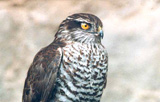 The sparrowhawk is a nesting bird in the pine forests, while the European robin is a very common songbird found in the coastal regions during the winter months. In the summer, it nests in the beech and beech-pine forests.
The sparrowhawk is a nesting bird in the pine forests, while the European robin is a very common songbird found in the coastal regions during the winter months. In the summer, it nests in the beech and beech-pine forests.
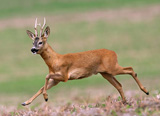 There are 47 species of mammals in the park. In terms of game, roe deer, bucks, chamois and wild boar can be found across the Park, while the array of larger predators includes brown bears, wolves and lynx.
There are 47 species of mammals in the park. In terms of game, roe deer, bucks, chamois and wild boar can be found across the Park, while the array of larger predators includes brown bears, wolves and lynx.
Flora
In the region from the coast to the highest peaks of Velebit, there are approximately 800 species of flora. Of these, around 40 are endemic species, plants with a limited distribution, mostly located on Velebit or in the Dinaric Alps. The one species to grow only in the canyons of Velika and Mala Paklenica and nowhere else in the world is a species of sandwort.
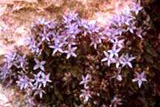 The best-known, endemic species in the canyons of Velika and Mala Paklenica is the window bellflower. Several species of the bellflower grow in the National Park, such as the chimney bellflower. On the slopes of the canyons, Waldstein’s bellflower can be commonly found. Of the spring flowers, the sweet violet is among the first to bloom.
The best-known, endemic species in the canyons of Velika and Mala Paklenica is the window bellflower. Several species of the bellflower grow in the National Park, such as the chimney bellflower. On the slopes of the canyons, Waldstein’s bellflower can be commonly found. Of the spring flowers, the sweet violet is among the first to bloom.
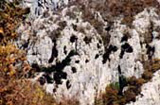 The phenomenon of the forest is one of the main reasons why the south Velebit region was declared a national park. The steep cliffs within the park are covered with black pine forests. Due to the specific climate and rocky terrain, the tree is a dwarf species, and hence has an interesting and unusual appearance.
The phenomenon of the forest is one of the main reasons why the south Velebit region was declared a national park. The steep cliffs within the park are covered with black pine forests. Due to the specific climate and rocky terrain, the tree is a dwarf species, and hence has an interesting and unusual appearance.
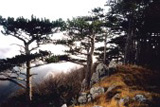 The smoke tree gives the landscape a wonderful red colour in the spring with its blossom and in the autumn with its leaves. In some parts of the Park, the red-berried juniper is the only species present.
The smoke tree gives the landscape a wonderful red colour in the spring with its blossom and in the autumn with its leaves. In some parts of the Park, the red-berried juniper is the only species present.
One of the many legends about the bora , written in Zoranic " Mountains", the story of a young and beautiful but arrogant girl of noble birth named Bora...
 Which part of Croatia do you find most alluring for a summer holiday?
Which part of Croatia do you find most alluring for a summer holiday?
